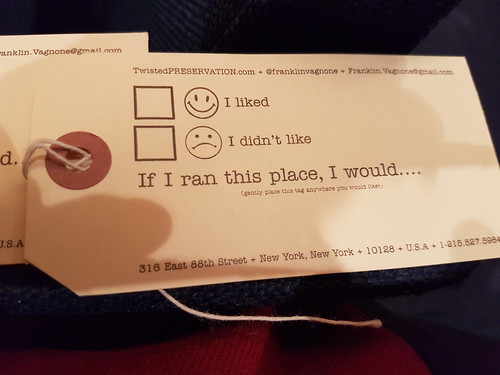There are a lot of ways this can be explored. I thought about the ideas of the
Silence and
Silence in the library. Since starting this post I have read
Jane Cowell's piece on silence which I enjoyed.
I am interested in who in your community is silenced:
- because they are not using the library
- because their history and stories are not being collected in local studies
- because people like them are not shown in the collection
This will vary from library type to library type. My comments are mainly about public libraries, but are relevant for other libraries too.
Who is the library silencing?
With membership data it is possible to see, at least roughly, who is using the library. For public libraries membership data could include postcodes and location names. It should be possible to work out if there are geographic areas where residents are not connecting to the library. There can be many reasons for this, and each library will need to investigate as they can include:
- not knowing what the library offers
- knowing what the library offers and not thinking it is relevant
- hours which make it hard to access the library
- slow download speeds so that even if you can get to the library to join borrowing econtent is not feasible
- the programs and services are not seen as relevant
Are the programs targeting a narrow range of the community? When you try something different and have lower numbers, do you interpret this as a fail, and decide to never try something different again?
Is how the collection structured silencing people? In Australia we have not had the same high profile approach as the
We need diverse books in the USA. We also need diverse books, so that everyone is seeing someone like them in the collection, in fiction and non-fiction, but also so that we are all seeing a wider world. This means working a bit harder on collection development. Also keeping in mind every community needs this diversity, even if the same diversity is not visible on the street (because you don't know who you are silencing).
We all need to change our ways.

